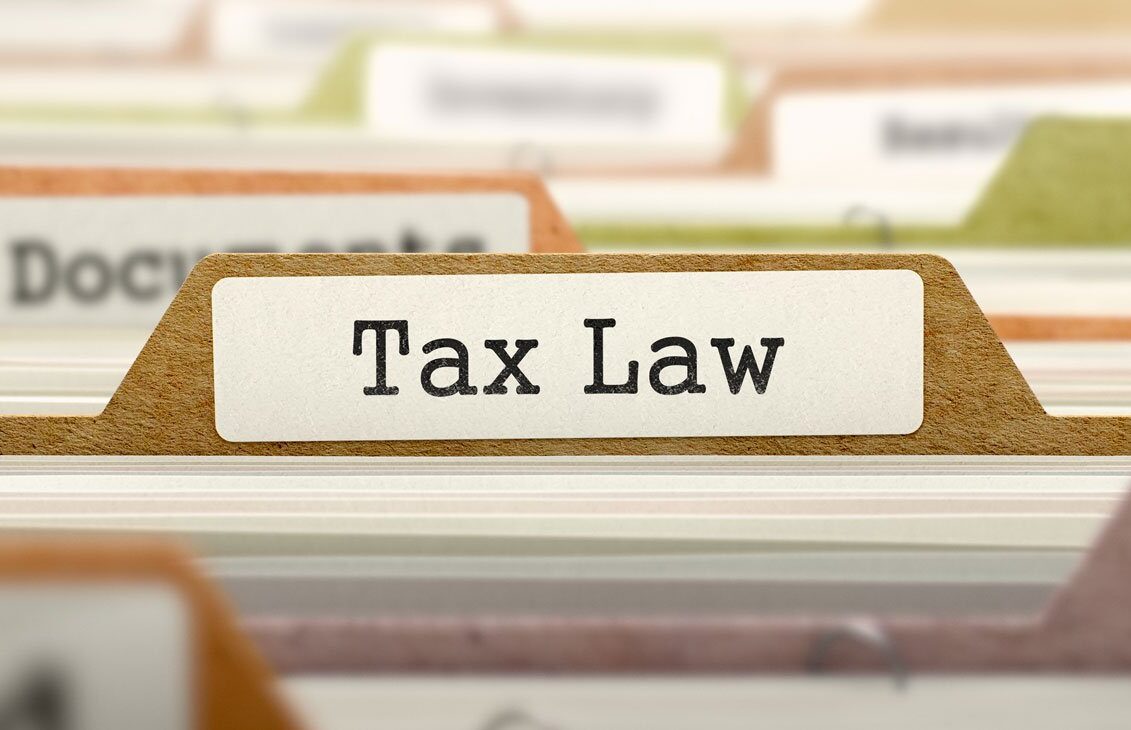The year 2023 has arrived. We have new rules for retirement accounts thanks to SECURE 2.0, passed in the waning days of 2022. SECURE 2.0 is a giant piece of legislation, clocking in at over 300 pages. However, some of its provisions will not be effective for years to come. Here are some of our top takeaways from the SECURE 2.0 provisions that are effective right away.
New RMD age in 2023.
SECURE 2.0 has again pushed back RMDs to 73 starting in 2023. Anyone currently subject to RMDs under the old 70 ½ or 72 RMD age rules is not impacted and must continue to follow their existing RMD schedule. For those who do not want to take an RMD or pay a tax bill for as long as possible, this is good news. This provision is helpful for those who don’t need the money and opens the door to another year of Roth conversions without concerns about RMDs. However, for those who need to use the money in their retirement accounts for living expenses, the delay won’t matter. Future delayed RMDs will likely be larger, based on a higher account balance and a shorter life expectancy.
“Rothification” is here.
Beginning in 2023, SEP and SIMPLE plans can allow Roth contributions. Also, plans can allow employer contributions on a Roth (after-tax) basis. In future years, there will be even more opportunities to fund Roth accounts. The logistics involved in getting SEP and SIMPLE Roth plans off the ground make it unlikely that these options will be available immediately. Besides, custodians will need some time to implement them. SECURE 2.0 confirms that the “Rothification” of retirement accounts has begun in earnest as Congress is opening the door to more Roth savings possibilities in its search for immediate tax revenue. What happens down the road when all tax-free Roth accounts translate into lost revenue is someone else’s problem.
Expanded exceptions to the 10% early distribution penalty.
SECURE 2.0 expands the age 50 exception by adding new categories of public safety workers and allowing penalty-free distributions after 25 years of service. SECURE 2.0 also includes a slew of new exceptions to the 10% early distribution penalty. Two of these are effective in 2023. Victims of disasters and those who are terminally ill will be able to access their retirement accounts early without penalty. Certainly, this is helpful for those in dire straits. The disaster provision is especially important because in the past such relief has been administered on an ad hoc basis and subject to political whims. For example, some hurricane victims got relief but victims of Superstorm Sandy were denied similar treatment. The bad news here is that adding to an ever-growing list of exceptions only increases the likelihood of leakage of retirement savings dollars. This will prevent many Americans from having enough savings at retirement.
Missed RMD Penalty Changes.
SECURE 2.0 reduces the penalty for missed RMDs from 50% to 25%. Additionally, if you take corrective action in a timely manner the penalty will decrease to 10%. On its face, this seems like a good thing. However, the 50% penalty was seldom enforced and often waived for those who sought relief. The new rules may mean a smaller penalty but more people paying. This could translate into bad news for retirees but good news for Uncle Sam as the government collects more revenue.
Rollovers from 529 plans to Roth IRAs.
SECURE 2.0 allows rollovers from 529 plans to Roth IRAs. This provision is not effective until 2024. It is NOT effective for 2023, but it is generating so much talk that it is worth mentioning. This is a great strategy for those who had concerns about funds left over in 529 plans if a child decided not to go to college or was fortunate enough to get a scholarship. Now, these funds can potentially roll over to a Roth IRA. However, this is not the great Roth IRA strategy that some have been touting. There are many restrictions. The 529 plan must have been in place for over 15 years, the annual rollovers cannot exceed the annual Roth IRA contribution limit, and the total lifetime rollovers cannot exceed $35,000. There are other limitations as well.
By Sarah Brenner, JD
Director of Retirement Education








